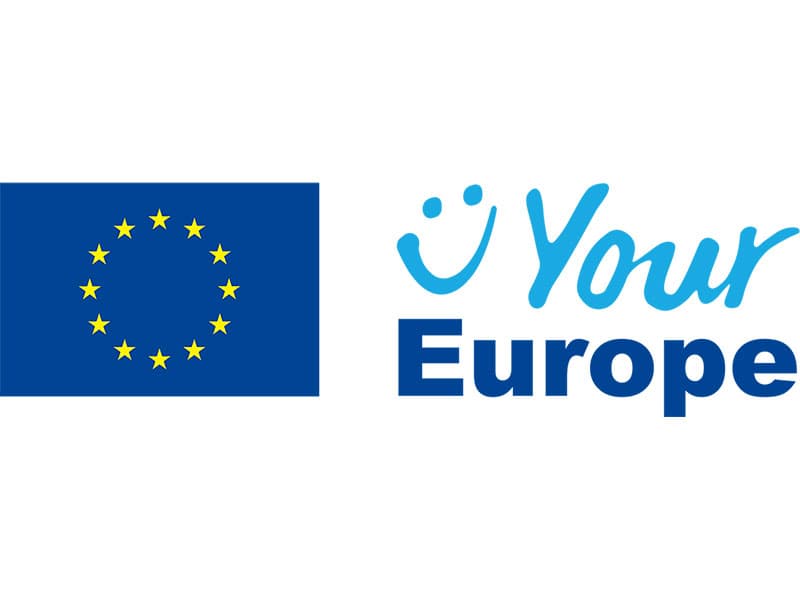General information about medically assisted reproduction
- General information
- Conditions of permissibility
- Cell procurement and storage
- Use of the cells procured
General information
Medically assisted reproduction (‘artificial insemination’) uses medical methods to achieve pregnancy by means other than sexual intercourse.
The methods of medically assisted reproduction include, in particular
- the introduction of semen into the sexual organs of a woman,
- the union of ova with sperm cells outside the body of a woman,
- the introduction of cells capable of development (fertilised ova and the cells grown from them) into the uterus or Fallopian tube of a woman, and
- the introduction of ova or ova with semen into the uterus or Fallopian tube of a woman.
Conditions of permissibility
Medically assisted reproduction is permitted only in a marriage, cohabitation relationship, registered partnership or same-sex partnership.
Caution
Surrogate motherhood is prohibited in Austria.
Moreover, medically assisted reproduction is also permitted only
- if on the basis of current scientific knowledge and experience in the medical field, all other treatments for achieving pregnancy through sexual intercourse that are possible and reasonable for the spouses or cohabitants have been unsuccessful or have no prospect of success (e.g. absence of Fallopian tube) or
- sexual intercourse to achieve pregnancy is permanently unreasonable for the spouses or cohabitants due to a serious risk of transmitting a severe infectious disease, or
- a pregnancy is to be achieved in one of two women living together in a registered partnership or cohabitation relationship or
- it must be carried out for the purpose of a legally permissible pre-implantation genetic diagnosis.
If, on the basis of current scientific knowledge and experience in the medical field, there are a number of promising and reasonable methods of medically assisted reproduction from which to choose, only the one that is associated with fewer health impairments and risks for the persons involved and in which fewer viable cells (fertilised ova and the cells grown from them) are produced may be used initially. The decision must take the best interests of the child into account.
Cell procurement and storage
Semen, ova and testicular and ovarian tissue may also be procured and stored for future use in medically assisted reproduction if a physical condition (e.g. cancer) or the treatment thereof gives rise to a serious risk that pregnancy can no longer be achieved through sexual intercourse. The Constitutional Court (Verfassungsgerichtshof) ruled on 6 October 2025 that these provisions will cease to have effect at the end of 31 March 2027 (right to respect for private and family life).
It is not necessary for the person concerned to be living in a lawful marriage, in a registered partnership or in a cohabitation relationship (same-sex or opposite-sex) at the time of the collection and storage of her ova or ovarian tissue or his semen or testicular tissue. However, the existence of a lawful marriage, a registered partnership or cohabitation relationship is a prerequisite for the subsequent carrying out of medically assisted reproduction (e.g. insemination, in vitro fertilisation) on the basis of the ova or sperm cells procured.
Use of the cells procured
In principle, only the ova and semen of the spouses, registered partners or cohabitants may be used for medically assisted reproduction.
The semen of a third person may be used for medically assisted reproduction on an exceptional basis if
- the semen of the spouse or cohabitant is not capable of reproduction , or
- medically assisted reproduction is to be carried out in a same-sex partnership.
The use of donor semen is also permitted for the in vitro methods of medically assisted reproduction (e.g. in vitro fertilisation).
The sperm cell donor must be at least 18 years old. Sperm cells intended for third persons may not be procured from a man before he reaches that age limit. Further information on donor sperm from third persons can also be found at oesterreich.gv.at.
Since 24 February 2015, the ova of a third person may be used for medically assisted reproduction on an exceptional basis if:
- the ova of the woman (spouse, registered partner, cohabitant) in whom the pregnancy is to be brought about are not capable of reproduction, and
- that woman (recipient of the ova) is under the age of 45 at the time of the start of the treatment
Ova to be used for a third person may be procured only from donors aged between 18 and 30.
Further information on donor ova from third persons can also be found at oesterreich.gv.at.
Legal basis
Fortpflanzungsmedizingesetz (FMedG)

